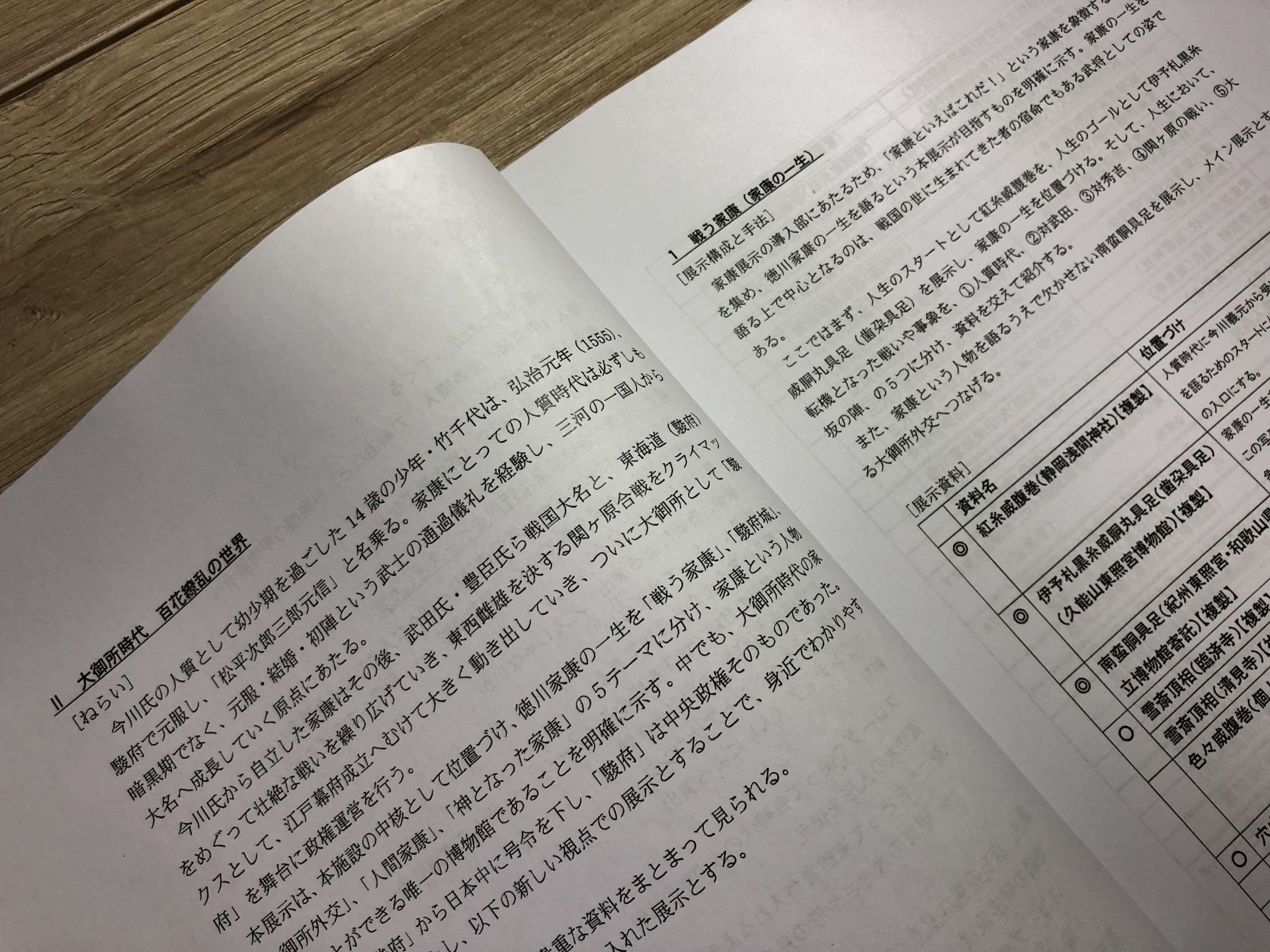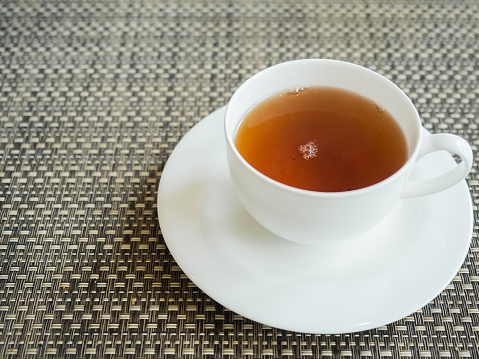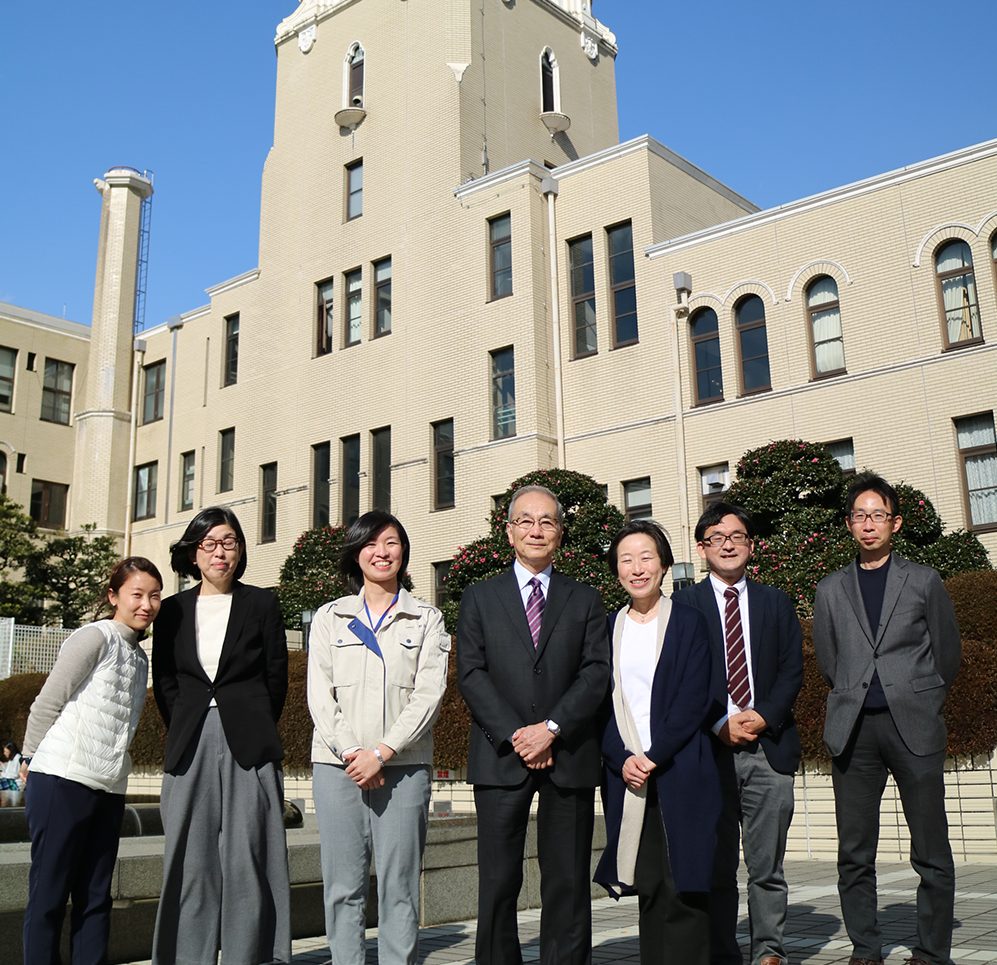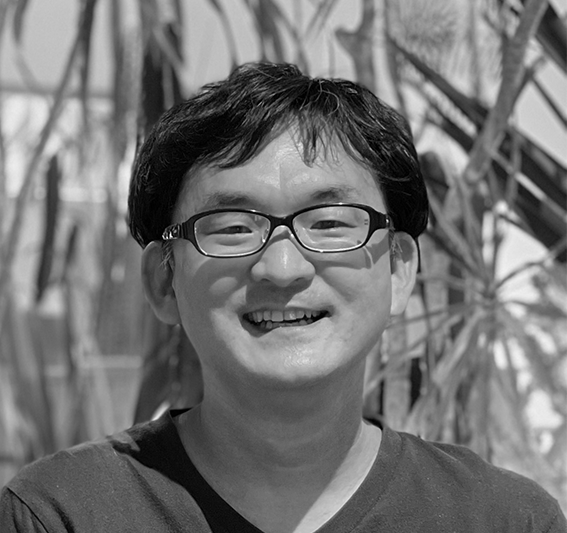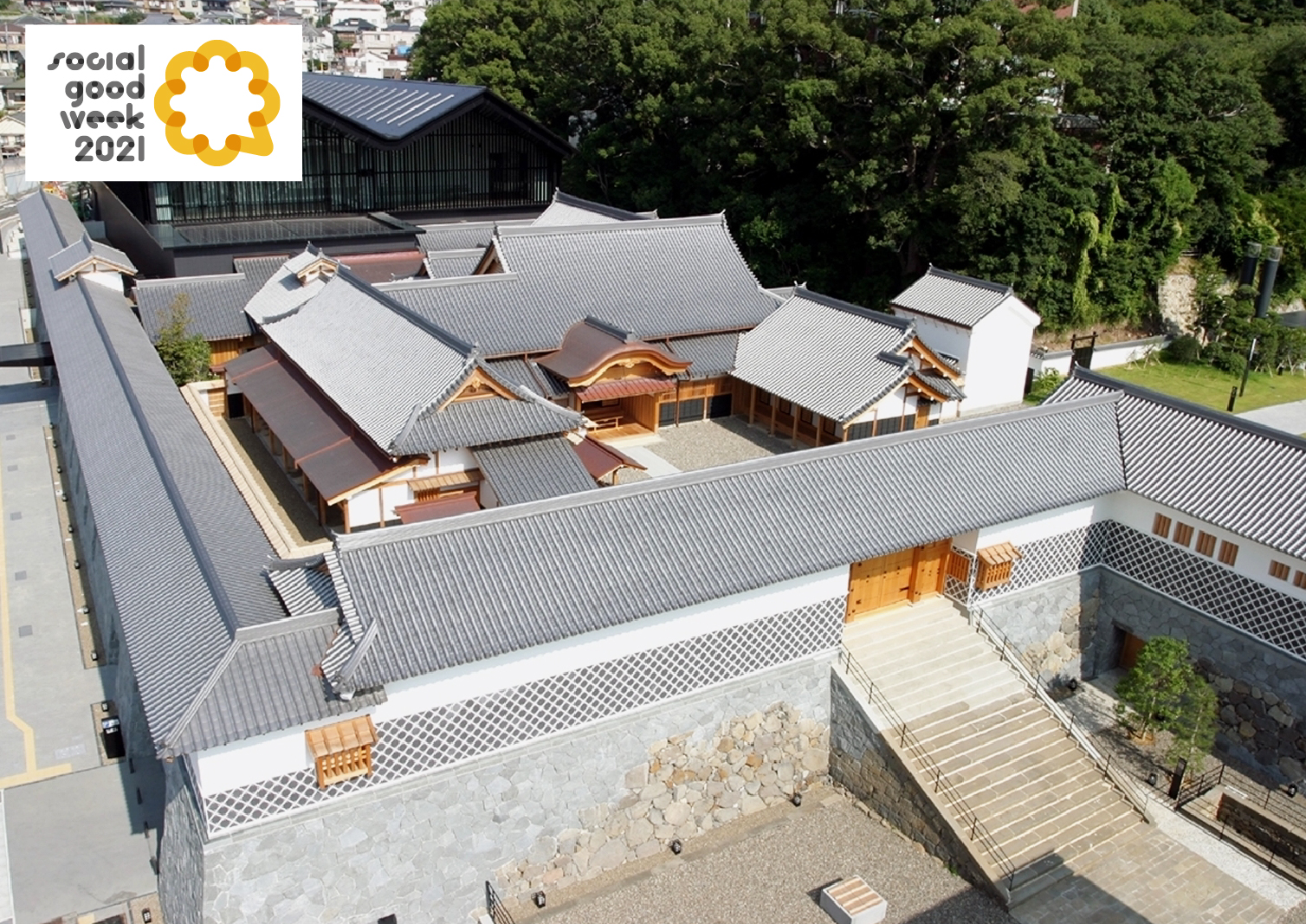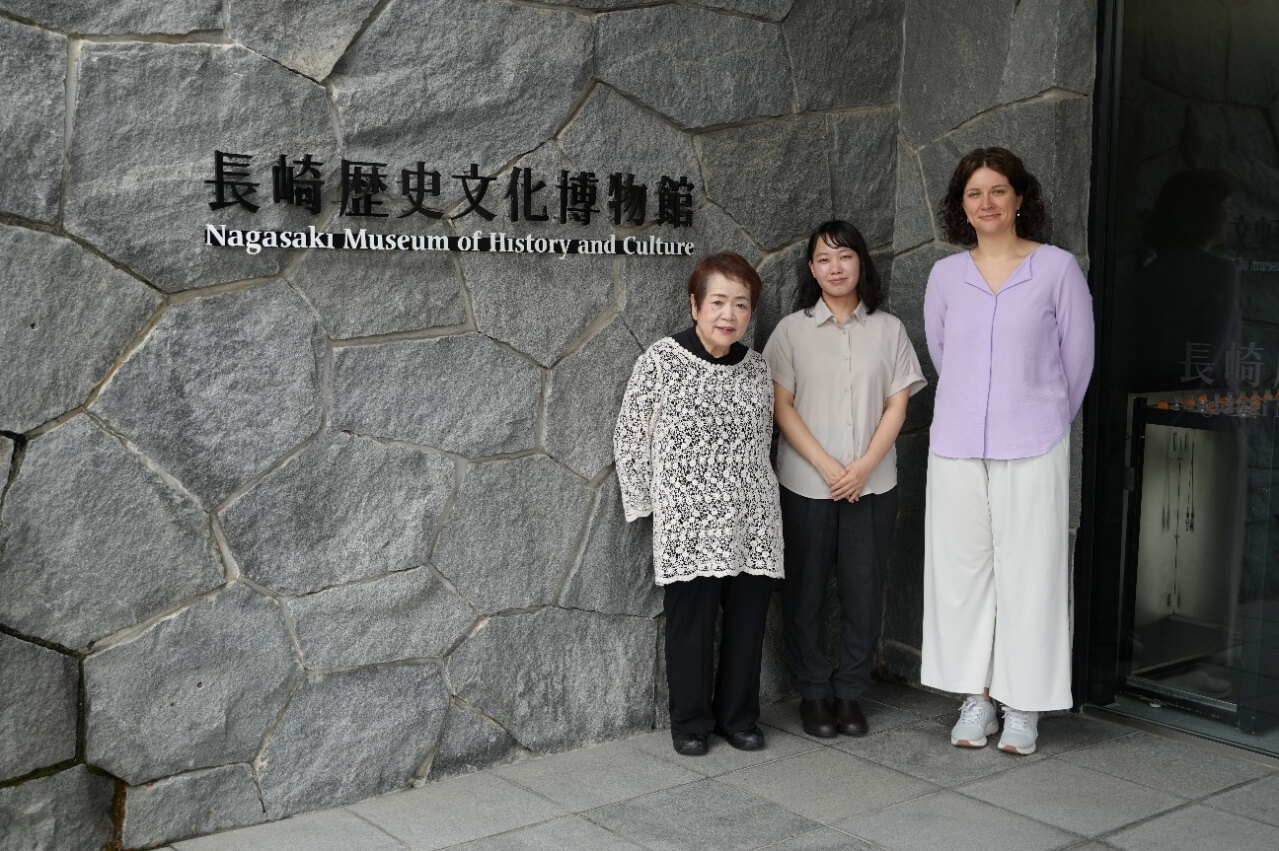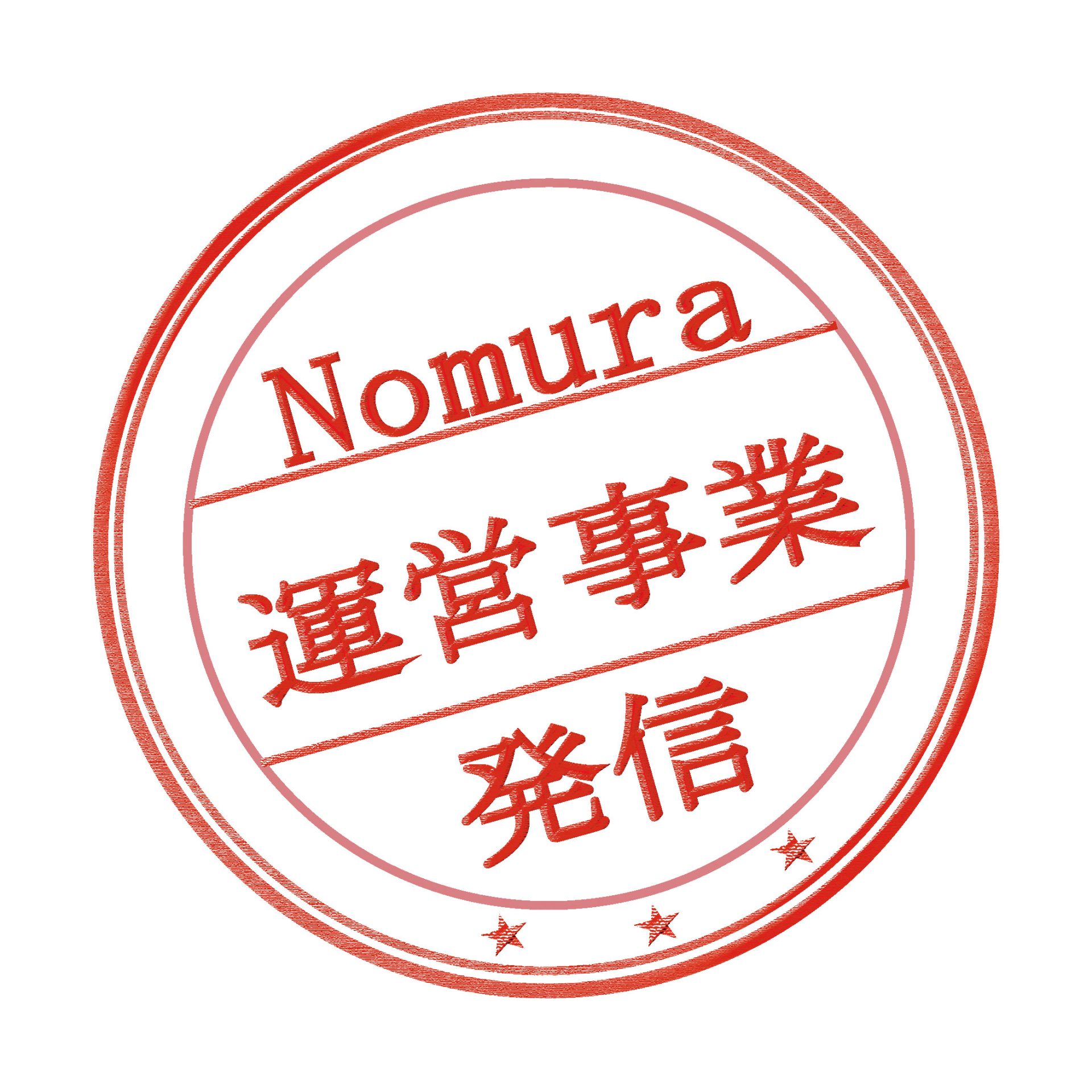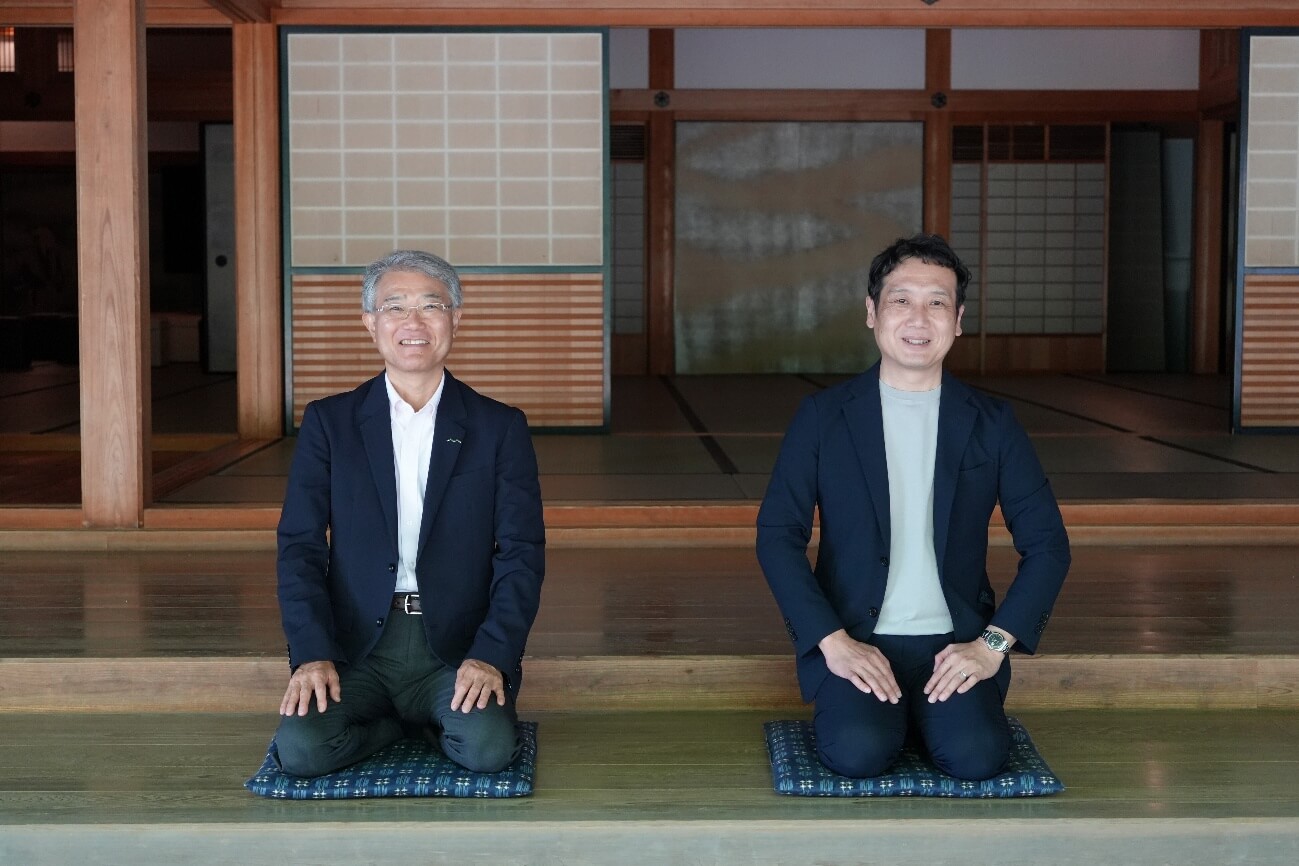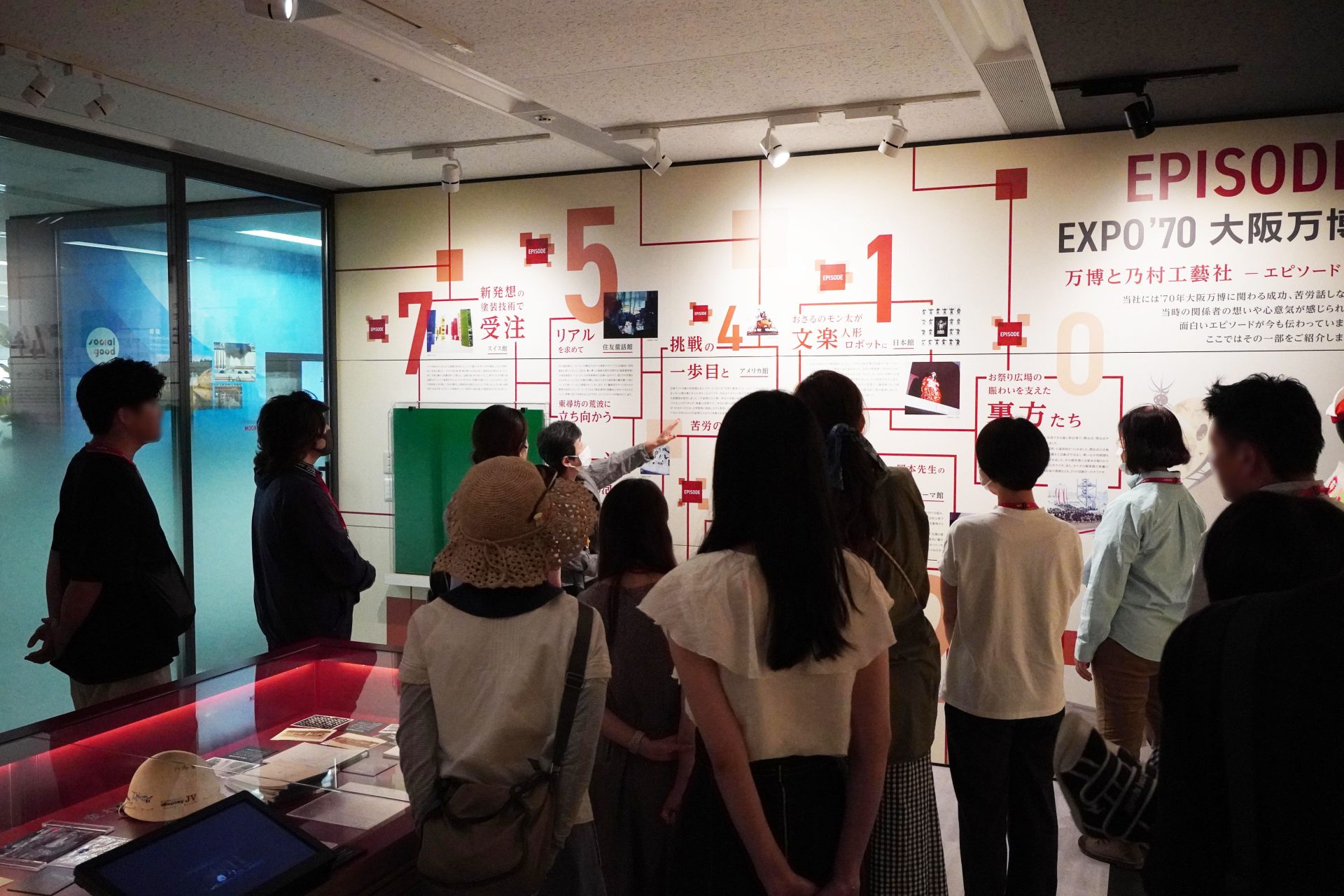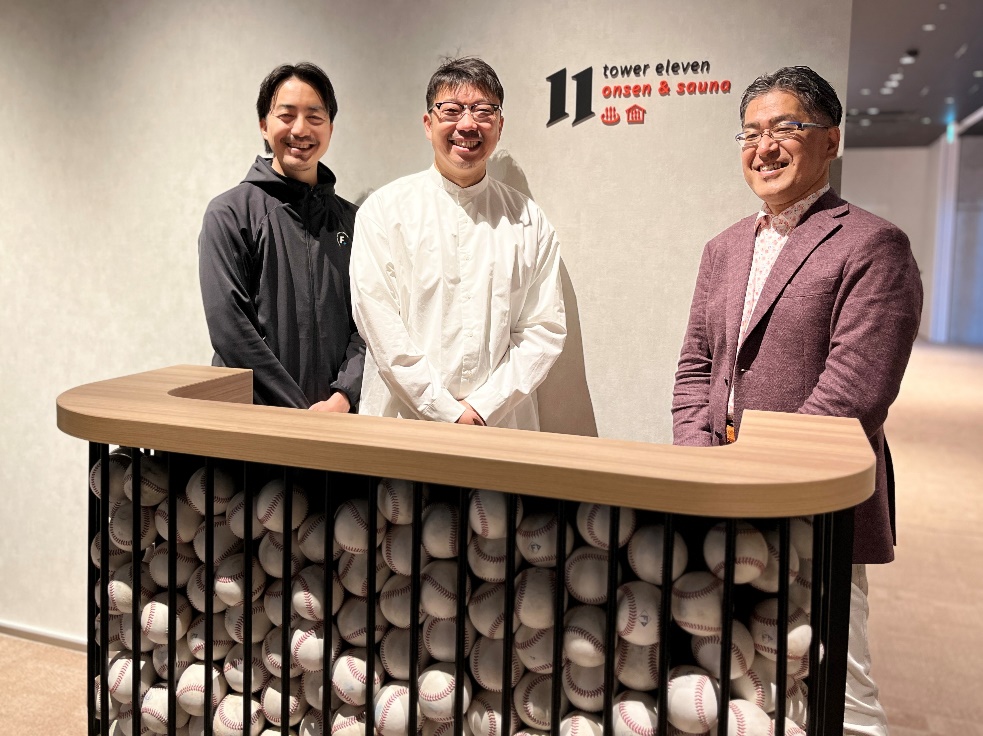
- text and edit by
- Takeshi Jin
Museums you should visit if you find life difficult
If you feel that life is hard right now, there is a museum that I would like you to visit. This is Kikuchi Keifuen, a national sanatorium in Koshi City, Kumamoto Prefecture. It is one of the 13 medical facilities for Hansen's disease patients nationwide under the jurisdiction of the Ministry of Health, Labor and Welfare. In one corner is the Kikuchi Keifuen Historical Museum. A human rights-themed museum that talks about the history of Hansen's disease and the lives of residents of Kikuchi Keifuen. Our company was in charge of the basic planning, design, and construction of the exhibition renewal of the main building (existing social exchange hall) and the new exhibition of the new building (history museum).

why i was born
why doi have to live
More than anyone else, people have lived here who have asked themselves this question. If you are worried about your life right now, this museum will surely give you various realizations.
To avoid misunderstandings, Hansen's disease is not a hereditary disease. Although it is an infectious disease, its infectivity is extremely weak, and it is now a completely curable disease. However, the aftereffects of the disease sometimes deformed the body, such as the face and limbs, and it was extremely feared when there was no cure. Once diagnosed with leprosy, they were separated from their immediate family and close friends, like sinners, and placed in sanatoriums surrounded by escape-proof walls. This situation continued until 1996, when Japan's Leprosy Prevention Law*, which was far outdated compared to the West, was abolished. increase.

Even if a cure for Hansen's disease was established, a complete cure was achieved, and legal restrictions were lifted, not all residents were able to return to their hometowns. Even now, more than 1,300 ashes that cannot be returned to their hometowns are left in the ossuary in the park. To that extent, discrimination against Hansen's disease was deep-rooted in society. About 150 residents, who have reached the average age of 86 years old, still live in the park without returning home. In today's Japan, where the nutritional status has improved, there are almost no Hansen's disease patients, and only a few foreigners who come to Japan see it. However, discrimination has not disappeared.
Discrimination is the act of despising someone because of anxiety such as impatience. At this museum, you can "encounter" people who have lived single-mindedly despite being overwhelmed by severe discrimination against leprosy. Due to space limitations, we are unable to provide detailed explanations of individual exhibits, but we would like you to visit the museum, put yourself in this place, and face the lives of Hansen's disease and its patients through the exhibits. I want you to experience the mixed feelings of embarrassment, frustration, and fear of not knowing this fact, as I did myself. This is because I believe that only by knowing the facts and flinching in our own ignorance can we truly understand the world around us.
The business concept for the renewal is "Maintenance of Kikuchi Keifuen Museum of Hearts." Positioned as a bridge between the residents and society, the exhibition speaks "You are me" and "I am you," with the aim of engraving the residents and their lives into the memory of visitors and making them see it as their own. I was.
*The Leprosy Prevention Law was enacted in 1953, overcoming strong opposition from patients, following the Leprosy Prevention Law enacted in 1907 and its revision in 1953. The purpose of this law was to prevent the outbreak of Hansen's disease (leprosy) and to promote isolation, medical care, and welfare of patients, thereby contributing to the promotion of public welfare. Not only the patients but also their families were denied marriage and employment. The Leprosy Prevention Law was finally abolished in 1996, about 50 years after the West. After that, in 2001, the Kumamoto District Court ruled that the Leprosy Prevention Law was unconstitutional as a result of a lawsuit filed by a patient for national compensation. The state then abandoned its appeal.

To display not someone else's affairs but one's own affairs
People who plan and design exhibitions have experiences that became the starting point of their ideas. Let's talk about it. One day when I visited Kikuchi Keifuen to create a basic plan, I saw a group of about 15 university students listening to explanations from volunteer guides in the old exhibition room. When I was interested and observed from a distance, except for a few people in the front row who were listening intently to the guide's explanation, the rest were playing with their smartphones in the back, walking around on their own, and were completely uninterested. I was a little surprised that there was none. For them, the life of a leprosy patient is a "special experience" of "special people" and is nothing more than someone else's affair. Regardless of yourself, if you are not interested, people will not feel like listening to you.
From this realization, I decided that I must create an exhibition that visitors can feel and think about as their own matter, not someone else's problem. As a planner and designer, I see this as the mission required of me.
did you know
If you develop leprosy
From parents even small children
Separated and quarantined at this facility
that it was done.
did you know
The real name of the person who was admitted here
that I couldn't name myself.
From name to family
to avoid harm
So, there is that much discrimination
Not only the person himself but also the resident
It hurt my family.
did you know
Even if residents are allowed to marry
not allowed to have children
what happened.
leprosy is not inherited,
Weak infectivity
Even if you understand, things will change
There was no.
While listening to Akira Ota, vice chairman of the Residents' Association of Residents' Association, who speaks earnestly, we must convey these facts, which are probably not well known to the general public, as facts. It is necessary to devise ways to allow visitors to see the work as if it were their own matter, not someone else's. I may have been chosen from this job to fulfill it. I faced this job while pushing myself.

Exhibition in which residents also participated
At the end of field trips that began after the Leprosy Prevention Law was abolished in 1996, Yasushi Shimura, chairman of the Residents' Association, said the following to the children.
You guys, no matter how hard it is, don't die
When I heard those words, I couldn't help but hold my breath. Among the residents who were separated from their loved ones, children, and other family members and brought to sanatoria, some of them committed suicide because they were worried about their lives because they would never be able to leave. Are there any words that are as noble and profound as the words spoken by someone who has experienced so much pain as to die? life is worth living. I was so moved that I proposed an exhibition that made the most of those words, and it was accepted. Please look for it when you visit the museum.
In addition, there are plenty of works such as words, poetry, calligraphy, and other literary arts, wood carvings, paintings, and photographs that contain the “soul” of the residents, making it an exhibition that you can meet everywhere. His paintings, in particular, are impressive works that have been exhibited all over the country. Also, the impactful photos such as the scenery of the four seasons in the park were taken by Vice Chairman Ota, who is also the representative of the camera department. Without it, this exhibition would not have been possible. In addition, Mr. Ota acted as a close liaison with the residents. I would like you to quietly come face to face with the “soul of the resident” of the work that has been delivered in this way.
"Creating with Children" exhibition that could not be realized
As a planner and designer, I had a strong desire to create an exhibition together with local children. This is because in the basic plan that preceded the design, we advocated "passing on the lessons learned from history and creating a place for regional development", and we thought that the production process of the exhibition would be an important opportunity to realize this. Therefore, with the cooperation of local schools, we sought the participation of children and tried to proceed with the creation of the exhibition together.
A total of 29 “scene reproductions” were created using the technique of picture books. This is an exhibition that cuts out spectacular scenes from the lives of residents, such as the scene where they were forced to undergo eugenic surgery. Scenes with solid foundations were actually performed by people, the composition and poses were decided, and the scenes were created using puppets and filmed to recreate them. We were planning to hold a workshop on how to decide on these poses while having discussions with local children.
However, the situation of the new corona infection was not good, and as a result, I had to give up. If local children had been involved in the creation of this exhibition, it would have been a lifelong experience for them to remember about Hansen's disease, and I think it would have been a valuable opportunity for them to think for themselves in the future. I have no choice. In the end, we had no choice but to change the composition and poses to be done only by our company and members of the social exchange hall.


in conclusion
As with any project, there will inevitably be challenges, big and small. Nevertheless, it is essential to confirm the concept and background in order for the client, team members, and many other stakeholders to return to the starting point, work together to solve the problem, and move forward with the project. In this sense, planners play a crucial role in determining the direction of the project, formulating a simple and easy-to-understand concept, design policy based on that concept, and coordinating the contents of the exhibition.
In addition, museum planners must be the best listeners of the team, as they are particularly required to understand the exhibition content and materials. Toshimasa Harada, a curator at the Social Exchange Hall, gave us a candid opinion on this matter, and we got various suggestions. If there is anything that you can learn from the exhibition, I think it is largely due to his advice.
After completing a task, I always look back. We wondered if we were a good partner for the client, and if we were really able to create an exhibition from the visitor's point of view. The answer will become clear in the future. Now I would like to look forward to it with the project members.
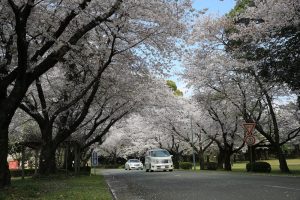
From the main gate to the historical museum, there is a road lined with old cherry trees that gently curves to the right and then to the left. Every time I walk here, I feel like I can hear the theme song (composed by Ryuichi Sakamoto) of the movie "Merry Christmas on the Battlefield". It creates the illusion that the painful melodies of that piano are fluttering down. Perhaps it is because the images of the characters who struggle and burn their flames of life even in the face of unbelievable adversity somehow overlap with the lives of the residents who have worked hard to live here.
If you feel that life is hard right now, please visit the Kikuchi Keifuen Historical Museum. You should find something important.
Last but not least, I would like to thank the people of the Ministry of Health, Labor and Welfare, especially Mr. Seiji Minota, the director and Mr. Keifuen Kikuchi, Mr. Yasushi Shimura, the vice-president of the Residents' Association, Mr. Yasushi Shimura, Mr. Akira Ota, Vice Chairman, and Mr. Hisashi Harada. I would like to thank Shin Curator for his guidance and support. I am deeply grateful for this.
To visit the historical museum, you need to make a reservation from the website below.
https://www.keifuen-history-museum.jp/
Like this article?

